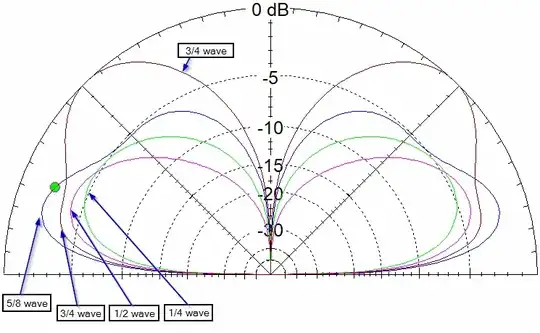I don't know what is meant by "accept current", but a non-resonant antenna, as long as it is at least a half wavelength, will have at least one place on the antenna where current can reach its maxima. Take an end-fed 5/8 wave vertical antenna, this has a current maxima just above the middle, a 1/4 wavelength from the end of the antenna, just as a half wave antenna does, and then another current loop that doesn't reach a maxima, just above the feed-point. These two current loops combine to make the far-field have more gain at the horizon than a half-wave antenna, and I don't think you'll find anyone who would say that the total radiated power is any lower than a resonant antenna, it's simply that the energy field is shaped differently due to the number and magnitude of the current loops.
Also remember, that any antenna that isn't a perfect multiple of a 1/4 wavelength of the frequency it's being used on, is a non-resonant antenna.
The red lines below, indicate the position and magnitude of the current loops on the various antennas. The blue arrows indicate the direction of the current on the antenna. Notice that lengths beyond 1/2 wavelength, you have current flowing in different directions. This causes constructive interference in some parts of the far-field, and destructive interference in other parts of the far-field.

 These far-field plots are over "real ground".
These far-field plots are over "real ground".

